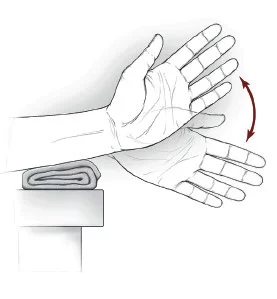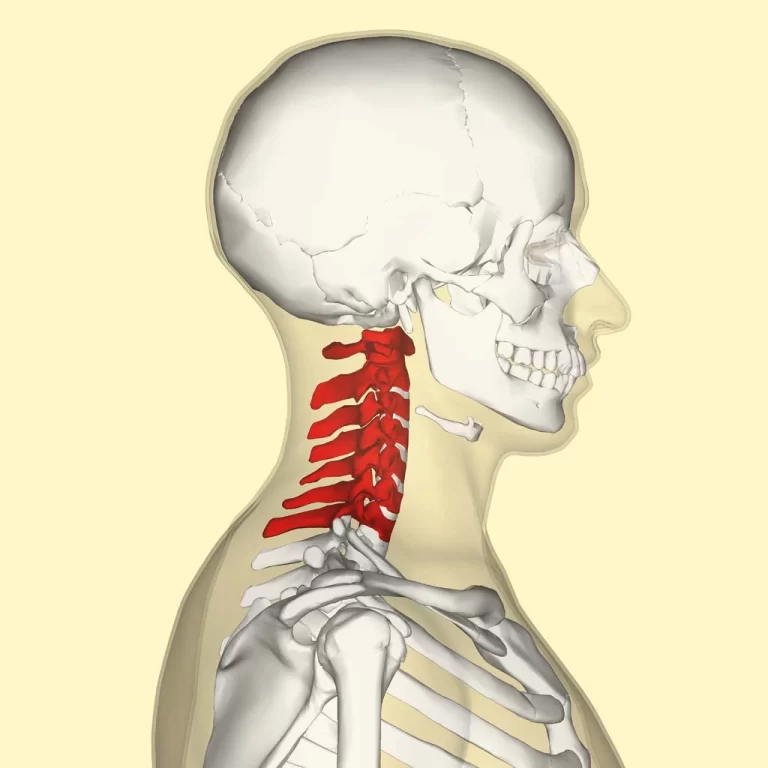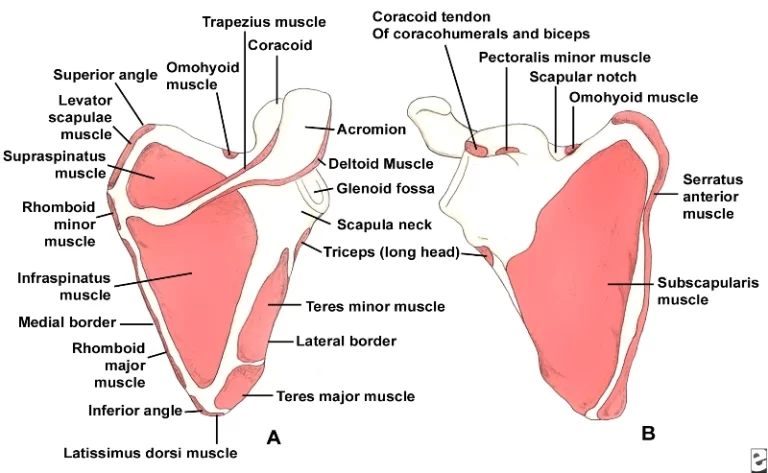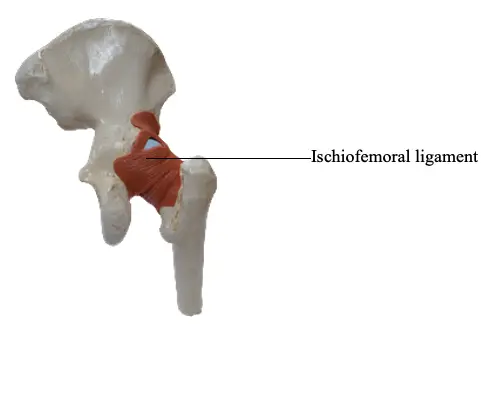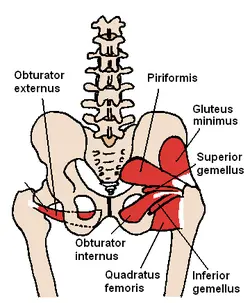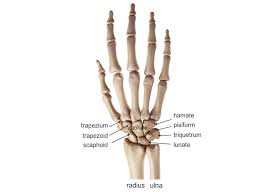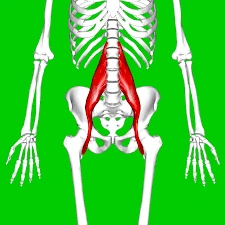Radial Deviation of the Wrist
Table of Contents
What is Radial Wrist Deviation?
The Wrist Joint is a complex and highly versatile structure that plays an important role in the movement of the hand. One of the important of the wrist is radial deviation, a movement that involves the hand moving laterally toward the thumb side of the forearm. This movement is an important movement of day-to-day activities in daily life, such as grasping objects, writing, and performing fine motor tasks.
By bending the wrist laterally, the hand comes closer to the thumb side of the forearm and travels away from the little finger side.
You may visualize this movement by holding your arm palm up in a neutral position. Radial Deviation and Ulnar Deviations are the two wrist movements in which the wrist moves sideways.
Many functional actions, like reaching and gripping items with the thumb side of the hand, are made possible by the radial deviation. It is an important wrist movement for many daily tasks, such as typing, writing, and utilizing tools.
Muscles and tendons that run along the forearm and attach to the hand and wrist regulate the radial deviation of the wrist. The flexor Carpi radialis and the extensor Carpi radialis longus and brevis work together for radial deviation.
When executing particular sports actions, holding things, and playing musical instruments, for example, radial deviation of the wrist is crucial. It plays a crucial role in wrist mobility and enhances the wrist joint’s total range of motion.
Muscles of the Radial Deviation of the Wrist
The main muscles that produce radial deviation are located in the forearm. These muscles work together to create movement. The following are the primary muscles engaged in wrist radial deviation:
The palmar side has the flexor carpi radialis. It inserts into the base of the second metatarsal after emerging from the medial epicondyle of the humerus, the bony projection on the inside of the elbow. Radial deviation of the wrist is caused by contraction of the flexor carpi radialis.
The muscle known as the extensor carpi radialis longus is situated behind the forearm. It originates from the lateral supracondylar ridge of the humerus, the bony ridge on the outside of the elbow, and is inserted at the base of the second metacarpal.
Extensor Carpi Radialis Brevis
This muscle is located next to the Carpi radialis brevis extensor. It emerges from the base of the third metacarpal and attaches to the humerus’ lateral epicondyle.
The radial nerve innervates these muscles and sends the impulses required for wrist movement control and muscular contraction. It is important to remember that other forearm muscles are involved in stabilizing the wrist joint and coordinating different wrist movements, even though these muscles not influence radial deviation directly.
Wrist Radial Deviation Test
The wrist’s radial deviation may be evaluated using a few easy tests. The radial deviation test is a widely used assessment tool.
The test subject must begin by sitting or standing with their arm resting on a table or in their lap with their palms facing downward.
How to take the exam: Tell the patient to maintain their forearm steady on the surface and move their hand and wrist as far to the side of their thumb as they can (radial deviation). Urge them to stay out of pain and suffering by moving inside their range of comfort.
Measuring:
To measure the ROM of the radial deviation, the hand’s longitudinal axis, and the forearm’s longitudinal axis to determine the degree of radial deviation measured. If at all possible, utilize a goniometer or compare the measurement to a reference point to obtain a more precise reading.
Repeat and Average:
It is important to retake the exam 3-4 times for correctness and consistency. To measure the radial deviation range of motion (ROM), take 3 or 4-time measurements and average accordingly.
Radial deviation Range of Motion
The range of motion of the wrist’s radial deviation may vary across individuals. Nonetheless, the typical range of movement for radial deviation is often between 15 and 20 degrees.
The neutral position, when the hand is in line with the forearm, is typically taken into consideration for the beginning position when measuring radial deviation. Radial deviation can be shown by flexing the wrist or bending the thumb to the side from this neutral position. The wrist’s range of motion (ROM) is mostly between 15 and 20 degrees.
It is important to remember that variables, such as anatomical variations, injury, and various conditions can change the range of motion (ROM). Depending on their muscular strength, joint flexibility, and any limits or limitations with regard to any carpal joint, certain persons may have a radial deviation of varying degrees.
Radial deviation may be measured with a goniometer that is intended for measuring joint angles and range of motion. Here’s how to use a goniometer to measure radial deviation step-by-step:
Position: The subject of your measurement should be seated or standing, with their hand and forearms comfortably supported on a table or other level surface.
Align the goniometer: Position the goniometer’s centre of rotation exactly behind the hand, aligning it with the wrist joint’s centre. Attaching the goniometer: To ensure that there is no movement throughout the measurement, press the goniometer’s base firmly on your forearm.
Set the starting position: Align the stationary arm with the forearm’s longitudinal axis to set the goniometer at zero degrees.
How to Measure Radial Deviation: Give the subject instructions to do the radial deviation while moving the hand and wrist as close to the thumb as they can. During Movement, keep an eye on and align the moving arm of the goniometer with its long axis.
Read the measurement: Once the subject has achieved the maximum radial deviation, record the angle that the goniometer’s moving arm indicates. The movement’s radial deviation is represented by this reading.
Exercise for Radial Deviation of the Wrist
The following exercises might aid in radial wrist deviation correction:
Radial Deviation Stretching
Start by placing your forearm, palm facing up, on the table, or on your lap. Feel the stretch on the inside of the forearm by using the other hand to gently press the hand and wrist to the side of the thumb. Hold the stretch for 15 to 30 seconds, then release it. Stretch each arm two to three times.
Radial deviation in the resistance band
You may either hold the resistance band in your hand or fasten it to something substantial. Hold out your hand straight, palm down, in front of you. Using your fingers, hold onto the resistance band. Move your wrist using your thumb side against the resistance while keeping your forearm in place. Return to the starting position slowly. After ten to fifteen repetitions, move to the opposite hand.
Radial deviation with dumbbell
Take hold of a light stop or any other heavy item. Place your forearm palm up on the table or on your lap. The inside of your forearm will be softly stretched as you allow the bar to glide towards your fingers. Bend your wrist to the side of your thumb and use your hand and wrist muscles to raise the dumbbell. Carefully lower the stop. After ten to fifteen repetitions, move to the opposite hand. As your strength and comfort level rise, be sure you progressively increase from the lightest resistance or weight.
Special Test for Radial Deviation
There isn’t a particular test created just to evaluate each wrist’s radial deviation. However, as part of a more comprehensive evaluation of wrist function and range of motion, several wrist ranges of motion tests may inadvertently measure radial deviation. The following tests are frequently used to assess wrist radial deviation:
Measure wrist range of motion (ROM):
This test assesses the wrist joint’s whole range of motion, including radial deviation. The examiner measures the subject’s degrees of radial deviation using a goniometer. Typically, the client is instructed to move the wrist and hand as close to the thumb’s side as they can without unstable the forearm. The degree of radial deviation achieved is recorded once the goniometer is positioned in relation to the long axis of the hand and forearm.
Functional tests:
Functional tests are intended to evaluate an individual’s capacity to execute particular wrist movements, including radial deviation. For instance, during the test, a person must radially deviate in order to grab and manage things on the side of the thumb. The examiner records any restrictions, discomfort, or difficulties encountered throughout the radial deviation in addition to observing and evaluating the subject’s capacity to carry out these functional activities.
FAQ
What muscle radially deviates the wrist?
Because of its broad moment arm at the radioulnar deviation axis and its insertion at the base of the first metacarpal, the abductor pollicis longus (APL) is one of the principal radial deviators of the wrist.
Why is it called radial deviation?
The ulna and radius, two forearm bones, are the source of the names for the two directions of the deviation movement. Radial deviation is the movement towards the radius, whereas ulnar deviation is the movement towards the ulna.
What is the prime mover of wrist radial deviation?
The prime mover of wrist radial deviation:
The flexor Carpi radialis
Extensor Carpi radialis longus
Extensor carpi radialis brevis.

